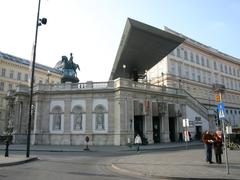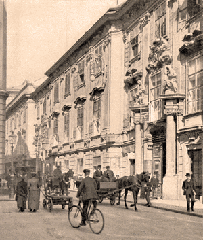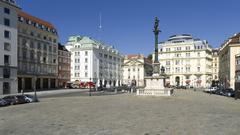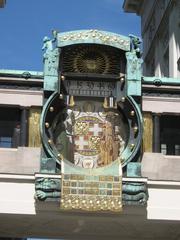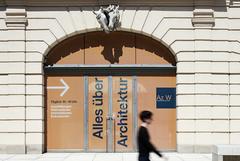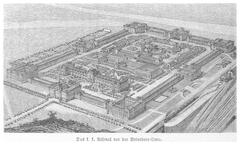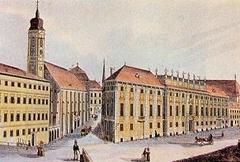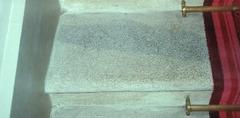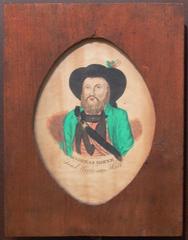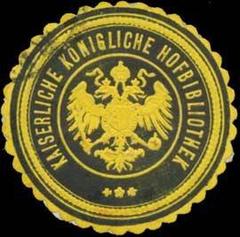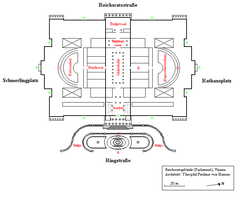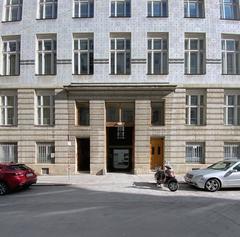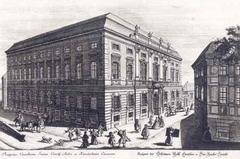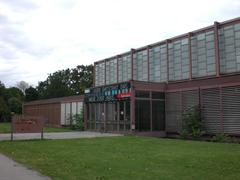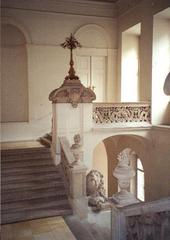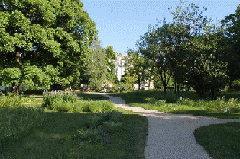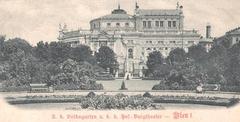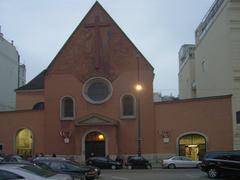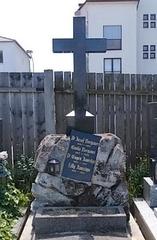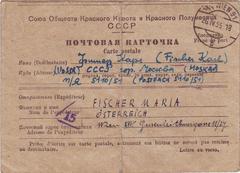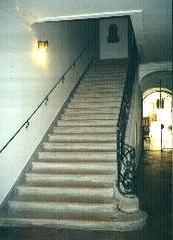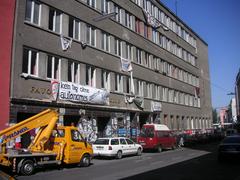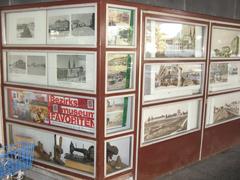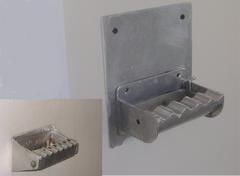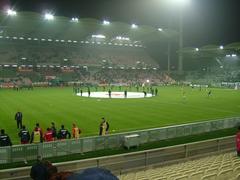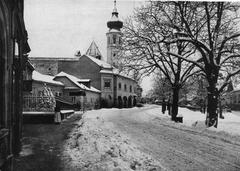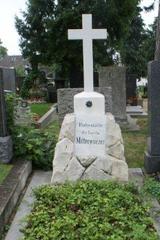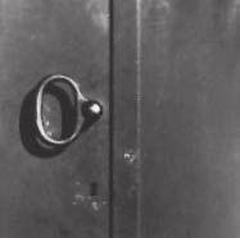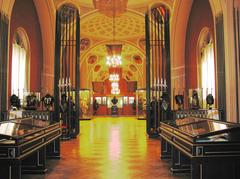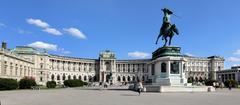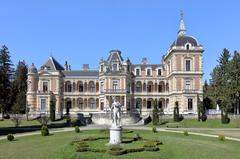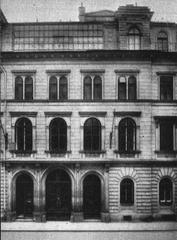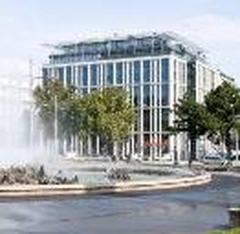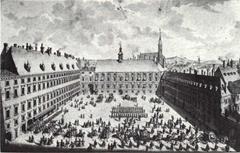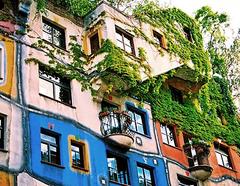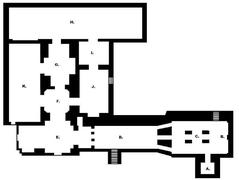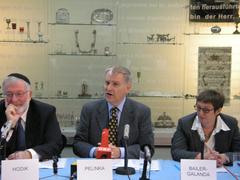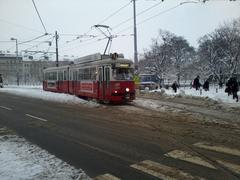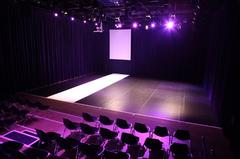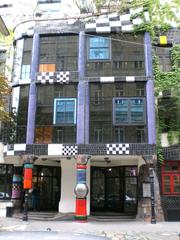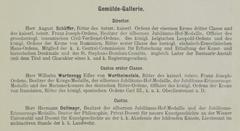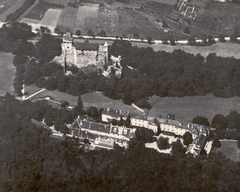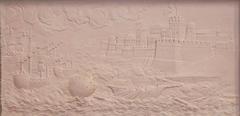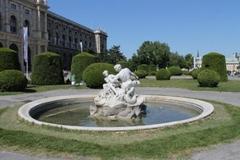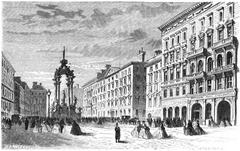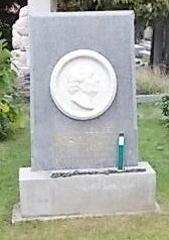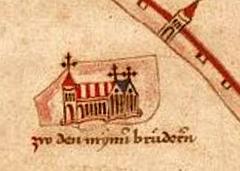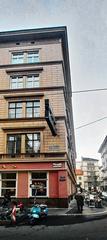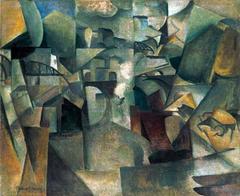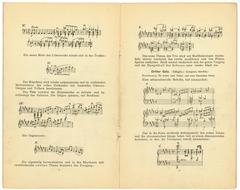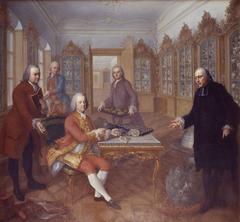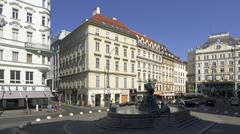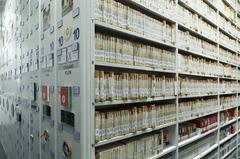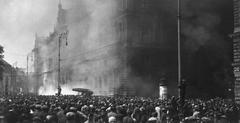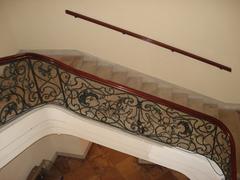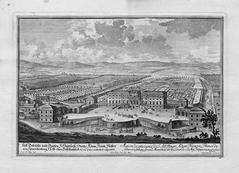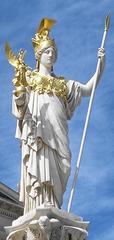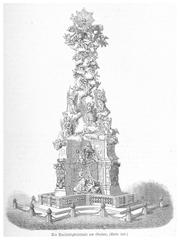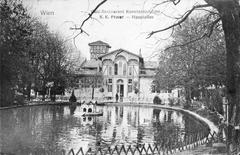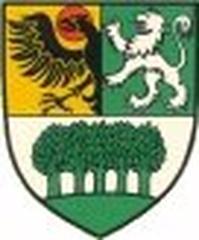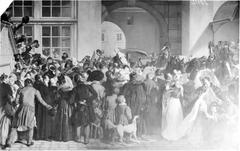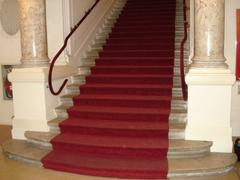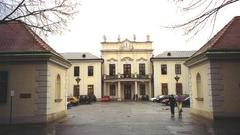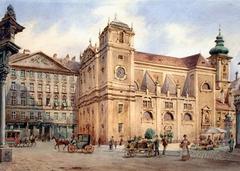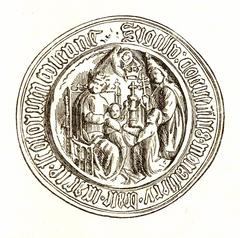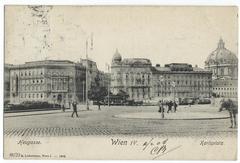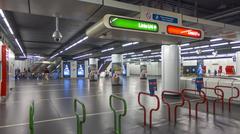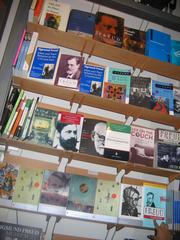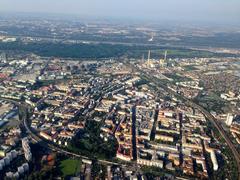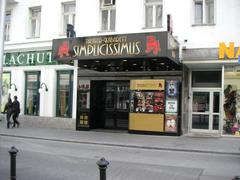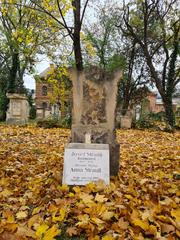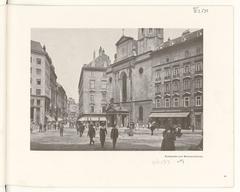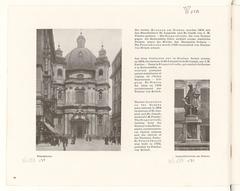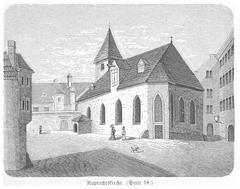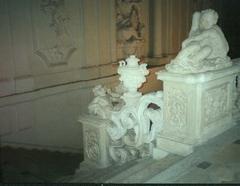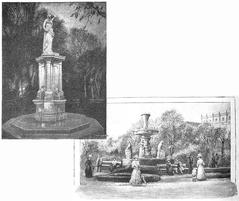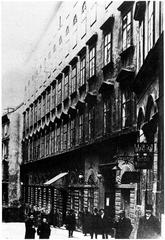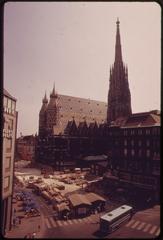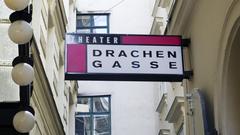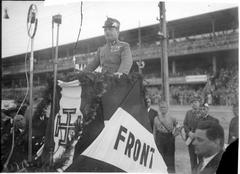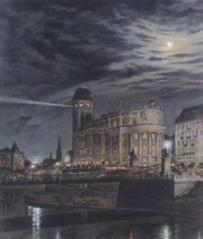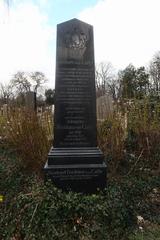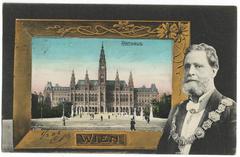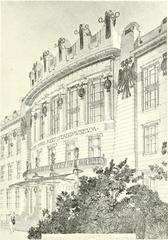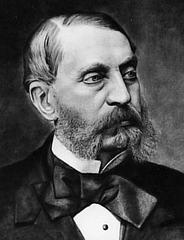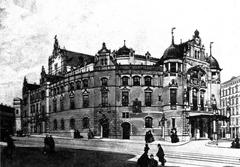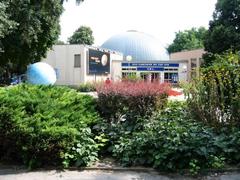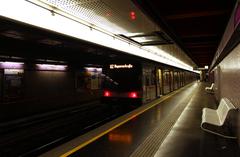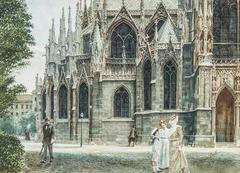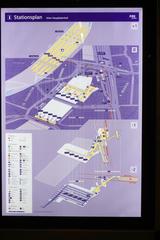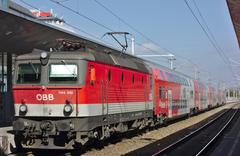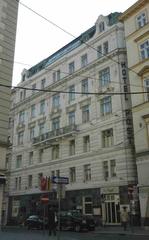Comprehensive Guide to Visiting Burgruine Mödling, Vienna, Austria
Date: 24/07/2024
Introduction
Nestled in the scenic town of Mödling, just a short distance from Vienna, Austria, Burgruine Mödling, or Mödling Castle, stands as a testament to the region’s rich historical tapestry. This medieval ruin, perched on a hill 259 meters above sea level, offers visitors a unique glimpse into Austria’s past, from its origins as a strategic watchtower in the 11th century to its transformation into a Gothic fortress and beyond. The castle’s storied past is intertwined with significant historical events, such as the Ottoman sieges of Vienna and the cultural flourishing under the Habsburg dynasty. Today, Burgruine Mödling attracts history enthusiasts, architecture buffs, and nature lovers alike, providing an evocative setting for exploration and discovery (Wikipedia, inaustria.wiki). This guide aims to offer comprehensive insights into the castle’s historical significance, architectural marvels, and practical information to ensure a memorable visit.
Table of Contents
- Introduction
- Historical Background of Burgruine Mödling
- Visitor Information
- Conclusion
- FAQ
- References
Historical Background of Burgruine Mödling
Early Beginnings and Strategic Importance
Burgruine Mödling’s origins date back to the 11th century when it was initially constructed as a watchtower. This early structure served as a strategic defense point along the southern border of the Babenberg dynasty’s realm. The Babenbergs were a powerful noble family that played a significant role in the early history of Austria. The castle’s location on a hill at 259 meters (850 feet) above sea level provided a vantage point for monitoring and defending against potential invasions (Wikipedia).
Gothic Transformation and Habsburg Acquisition
In the 13th century, Burgruine Mödling underwent significant transformations, evolving from a simple watchtower into a formidable Gothic fortress. This period saw the addition of towering walls and imposing gatehouses, which enhanced the castle’s defensive capabilities. The Habsburg dynasty, who acquired the castle in the 14th century, further fortified it and utilized it as a hunting lodge and summer residence. The Habsburgs were one of the most influential royal families in European history, and their ownership of the castle underscores its importance during this era (inaustria.wiki).
Renaissance and Baroque Influences
The 16th and 17th centuries brought Renaissance and Baroque influences to Burgruine Mödling. These architectural styles introduced intricate details and embellishments to the castle’s facade, reflecting the evolving tastes and cultural trends of the time. During this period, the castle also served as a refuge for the imperial family during times of war, including the Ottoman sieges of Vienna in the 16th and 17th centuries. These sieges were critical events in European history, and the castle’s role as a sanctuary highlights its strategic and historical significance (inaustria.wiki).
Military Academy and Prison
In the 18th century, Burgruine Mödling underwent another transformation, this time into a military academy. This change marked a shift in the castle’s function from a noble residence to an educational institution for military training. Later, the castle was repurposed as a prison, further diversifying its historical roles. These adaptations illustrate the castle’s ability to serve various societal needs over the centuries (inaustria.wiki).
Cultural and Artistic Significance
Throughout its history, Burgruine Mödling has been a center of cultural and artistic activity. In the 12th century, the castle was home to Henry the Elder, son of Henry II Jasomirgott, who became the landlord of an area extending from Liesing to Piesting and Bruck an der Leitha. During Henry’s tenure, the castle became a hub for arts and culture, attracting notable figures such as the famous minnesinger Walther von der Vogelweide. This period of cultural flourishing is documented in old records kept in the nearby monastery of Heiligenkreuz (Wikipedia).
Architectural Evolution
The architectural evolution of Burgruine Mödling is a testament to the changing styles and needs of its occupants over the centuries. Initially a simple watchtower, the castle expanded into a Gothic fortress in the 13th century, followed by Renaissance and Baroque enhancements in the 16th and 17th centuries. These changes are evident in the castle’s remaining structures, which showcase a blend of medieval, Gothic, Renaissance, and Baroque elements. The castle’s architecture not only reflects its historical significance but also provides a visual narrative of its diverse past (inaustria.wiki).
Visitor Information
Visiting Hours and Tickets
Burgruine Mödling is open to visitors year-round, offering a unique glimpse into Austria’s medieval and early modern history. The castle grounds are usually accessible from sunrise to sunset. However, specific sections of the ruins may have restricted access depending on ongoing preservation work. It’s advisable to check the official website or contact the local tourist office for the most up-to-date information on visiting hours and any potential closures.
As of the latest update, entry to the castle ruins is free of charge, making it an excellent destination for history enthusiasts and budget travelers alike. Donations are welcome to support ongoing restoration and maintenance efforts.
Travel Tips
- Getting There: Mödling is easily accessible by train from Vienna. The journey takes approximately 20 minutes. From the Mödling train station, the castle is a pleasant 30-minute walk through the town and surrounding nature park.
- What to Wear: Comfortable walking shoes are recommended due to the uneven terrain and uphill climb to the castle ruins. Weather-appropriate clothing is also advisable, as the site is mostly outdoors.
- Guided Tours: Guided tours are available upon request and provide in-depth insights into the castle’s history and architecture. Check with the local tourist office for more details.
- Nearby Attractions: While in Mödling, visitors can also explore the town’s charming old town, the nearby Naturpark Föhrenberge, and the Heiligenkreuz Abbey, one of the oldest continuously occupied Cistercian monasteries in the world.
Conclusion
Burgruine Mödling stands as a testament to Austria’s rich historical and architectural heritage. From its origins as a strategic watchtower to its role as a cultural hub and military academy, the castle’s storied past offers visitors a fascinating journey through time. Whether you’re a history buff, an architecture enthusiast, or simply looking for a scenic day trip from Vienna, Burgruine Mödling is a must-visit destination. Download our mobile app Audiala for more updates and follow us on social media to stay up-to-date with the latest travel tips and historical insights.
FAQ
What are the visiting hours for Burgruine Mödling? The castle grounds are generally open from sunrise to sunset. Check the official website or local tourist office for specific section access and any temporary closures.
How much are tickets to Burgruine Mödling? Entry to the castle ruins is free of charge, but donations are appreciated to support restoration efforts.
How do I get to Burgruine Mödling? The castle is a 30-minute walk from the Mödling train station, which is a 20-minute train ride from Vienna.
Are guided tours available? Yes, guided tours are available upon request. Contact the local tourist office for more information.

